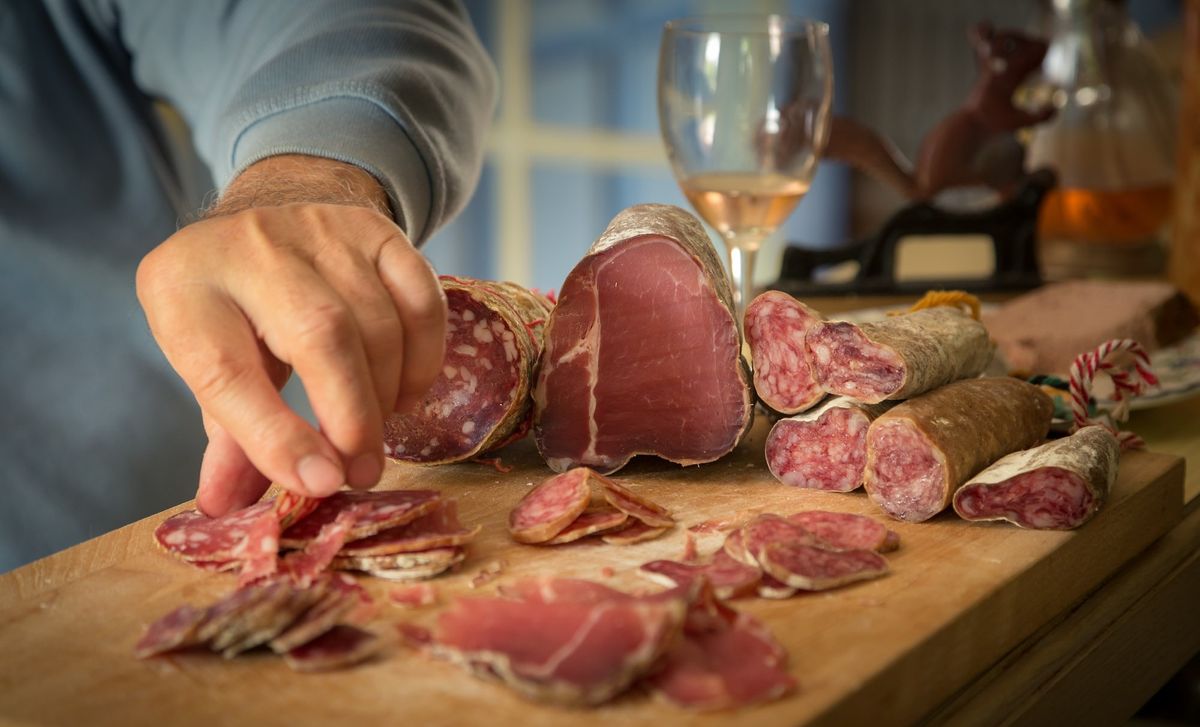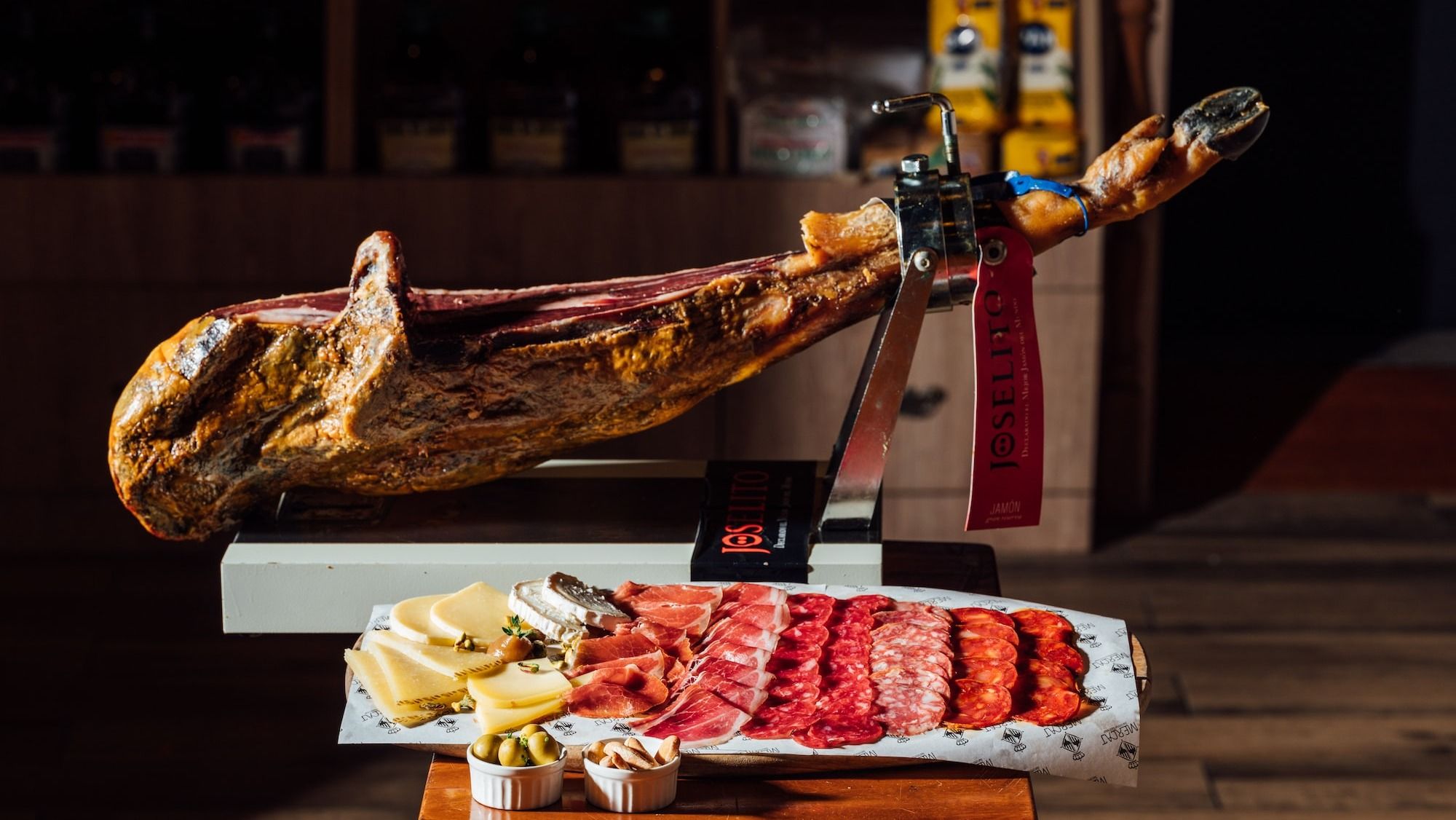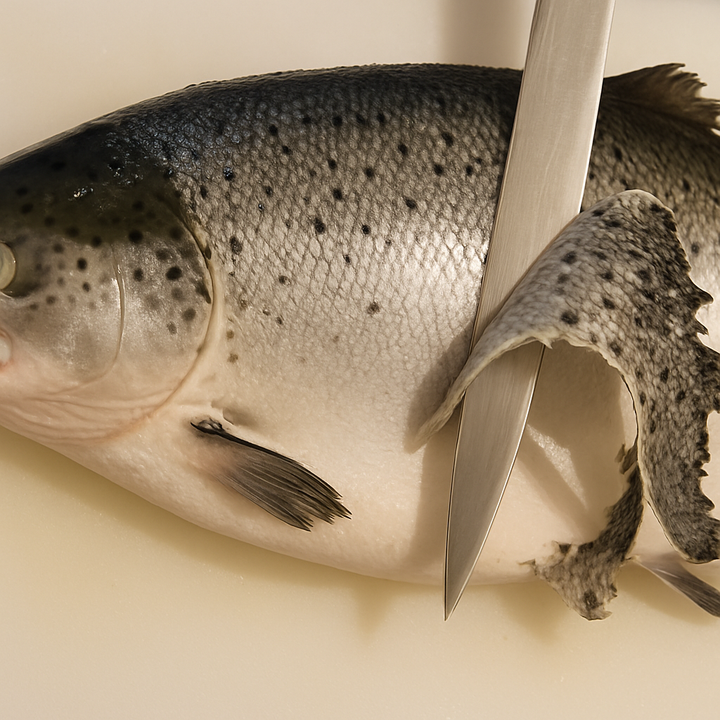Cured Meats: Popular Varieties and Curing Methods
In the culinary sphere, cured meats merge age-old preservation traditions with a gourmet's pursuit of refined flavors, showcasing a variety of meats and popular curing techniques.

In the culinary cosmos, cured meats enjoy a distinguished stature, encapsulating a blend of ancient traditions and a gourmet's quest for refined flavors.
This tradition, now an art, sees cured meats embellishing the tables of elite eateries and occupying a prized spot in connoisseurs' larders.
They represent a timeless food preservation technique, shining bright in today's culinary scene. Their versatility is spotlighted in various dishes – from sandwiches and salads to classic pasta creations.
Moreover, they are a staple in crafting a charcuterie board, elevating any small gathering into a gourmet experience.
What is Meat Curing?
Meat curing is a preservation and flavor enhancement technique employing salt, along with various flavorings and preservatives, to treat a range of proteins.
A practice dating back to ancient times, curing notably prolongs the freshness of meat by drawing out moisture through osmosis, thereby thwarting microbial growth and averting spoilage, while enriching the meat with a delectable, savory taste.
History and Origin of Meat Curing
The art of curing meats traces back to 3000 B.C., with historical traces showing ancient Mesopotamians preserving meat and fish using sesame oil and salt.
This preservation method ensured a steady protein supply during the colder, scarcer months, becoming crucial for their sustenance.
Fast forward to 200 BC, meat curing had spread across European terrains, evolving from a survival tactic to a sophisticated culinary practice.
Once rooted in France, the advent of the charcuterie board wasn't far behind. Cured meat quickly gained favor among royalty and nobility, establishing itself as a premium delicacy—a status it continues to enjoy centuries down the line.

Prominent Methods for Meat Curing
Dry Curing
Traditional dry curing involves submerging meat in a salt container, occasionally accompanied by herbs and whole spices, for an extended duration.
This technique draws moisture out of the meat, preserving it while enhancing its flavor. Renowned examples of dry-cured meats include pancetta, bresaola, and prosciutto.
Equilibrium Curing
A nuanced variation of dry curing, equilibrium curing requires the application of a precise salt amount, typically around three percent of the meat's weight.
The meat is then sealed in a vacuum-packed bag and refrigerated, allowing for a savory flavor development without the excessive use of salt.
Brine or Wet Curing
Mirroring the pickling process, brine curing employs a salt-water solution to cure the meat.
It can be executed by either immersing the meat in brine or injecting the solution into the meat before cooking, akin to the immersion and pumped curing methods.
Examples of brine or wet curing meats include corned beef, pastrami.
Combination Curing
An amalgam of dry and brine curing, combination curing starts with injecting a curing solution into the meat, followed by applying a dry rub on its surface before refrigeration.
This technique ensures thorough curing both on and beneath the meat’s surface to avert spoilage.
Sausage Curing
In this method, curing salt, spices, and herbs are amalgamated into ground meat before it undergoes curing in a refrigerator.
This straightforward method is instrumental in concocting flavorful cured sausage. Some of the examples are salami and chorizo.
Smoke Curing
Meat is suspended in a smokehouse and exposed to smoke, serving both as a curing and flavoring agent, imparting a distinct smoky flavor to the meat like smoked ham or smoked sausage.
Examples such as smoked ham and smoked sausage.
Natural and Synthetic Nitrates
Nitrates (NO3) and nitrites (NO2) naturally occur in our bodies and certain foods. In curing meat, nitrites transform into nitric oxide, altering meat color and aiding preservation.
Meat curing employs two nitrate types: natural and synthetic. Natural or organic nitrates are food-sourced, unlike synthetic ones.
Notably, vegetables like celery are rich in nitrates, with celery juice being a common natural nitrate used in curing meats, presenting an alternative to synthetic nitrates.
The Rise of Nitrite-Free Cured Meats
Not all cured meats contain nitrites, with slow-cured and nitrite-free meats gaining popularity.
Illustratively, in 1993, Italian Parma ham producers eliminated nitrites, now using only salt and aging each ham for 18 months, reverting to age-old practices.
Following suit, some British ham producers have also ditched nitrites, albeit with a minor taste alteration in the final product.

Popular Cured Meats from Around The World
These iconic meats are not just a feast for the palate but also a rich tapestry of culinary traditions that have stood the test of time.
Europe's Delicacies:
- Prosciutto (Italy): This dry-cured ham, often thinly sliced, is perfect as an appetizer or tucked into sandwiches, showcasing Italy's finesse in curing meats.
- Culatello (Italy): A luxurious cured meat, Culatello is crafted from the rear leg of the pig, meticulously cured and aged to achieve a sweet, delicate flavor that's truly Italian.
- Chorizo (Spain): Hailing from Spain, this spicy sausage, crafted from pork, paprika, and garlic, is a staple in Spanish and Portuguese fare, adding a zest to various dishes.
- Salami (Italy): A quintessential Italian cured meat, Salami undergoes a fermentation and air-drying process, offering a plethora of regional variations each with a unique flavor profile.
South American Fare:
- Cecina (Peru): A delicacy from Peru, Cecina is thinly sliced, salted dried meat, commonly made from beef or alpaca, enjoyed as a light snack or appetizer.
African and Asian Savories:
- Biltong (South Africa): A relative of jerky, Biltong is air-dried, seasoned meat strips, embodying the rich flavors of South Africa.
- Lap Cheong (China): This Chinese sausage, a blend of pork and spices, finds its way into stir-fries or atop a comforting bowl of rice.
- Himono (Japan): A Japanese culinary tradition, Himono involves wet brine curing and drying fish, capturing the essence of the sea.
England's Signature:
- Bacon: Though its roots trace back to the Roman era, England has perfected the art of curing bacon, often with a smoky touch. A staple in breakfast tables, it requires cooking to bring out its full flavors.
The World's Most Expensive Cured Meat

The world of cured meats is vast, but atop the pinnacle sits the Iberian Bellota Ham, crowned as the most expensive by the Guinness Book of World Records. Though available commercially, acquiring one comes with a hefty price tag of more than $13,000 for a single leg.
It's not just the ham you're paying for; it comes encased in a finely crafted presentation box, created by local artisans using wood from the same Spanish region where the pig was raised.
What Sets Different Cured Meats Apart?
The myriad of cured meats, each with its unique origin and making, presents a fascinating culinary landscape.
Take prosciutto and coppa, seemingly similar, yet while coppa is from the pig's neck and shoulder, prosciutto is crafted from the leg.
Diving deeper, we find bologna, liverwurst, and mortadella, each with a unique blend; bologna from beef or pork, liverwurst combining pork, bacon, and pork liver, and mortadella a mix of pork and neck fat.
The spectrum of cured meats spans from air-dried to dry-cured, differing in the cut, fat content, and seasonings used.
Though predominantly pork-based, few like bresaola are made from beef, adding to the variety that the realm of cured meats offers.
Health and Nutritional Aspects
Cured meats are often high in protein and fat, providing a rich source of energy.
However, they can also be high in sodium and nitrates, which may warrant moderation in consumption, especially for individuals with certain health conditions.
For a healthier twist, opt for nitrite-free versions or choose chicken sausages over pork.


